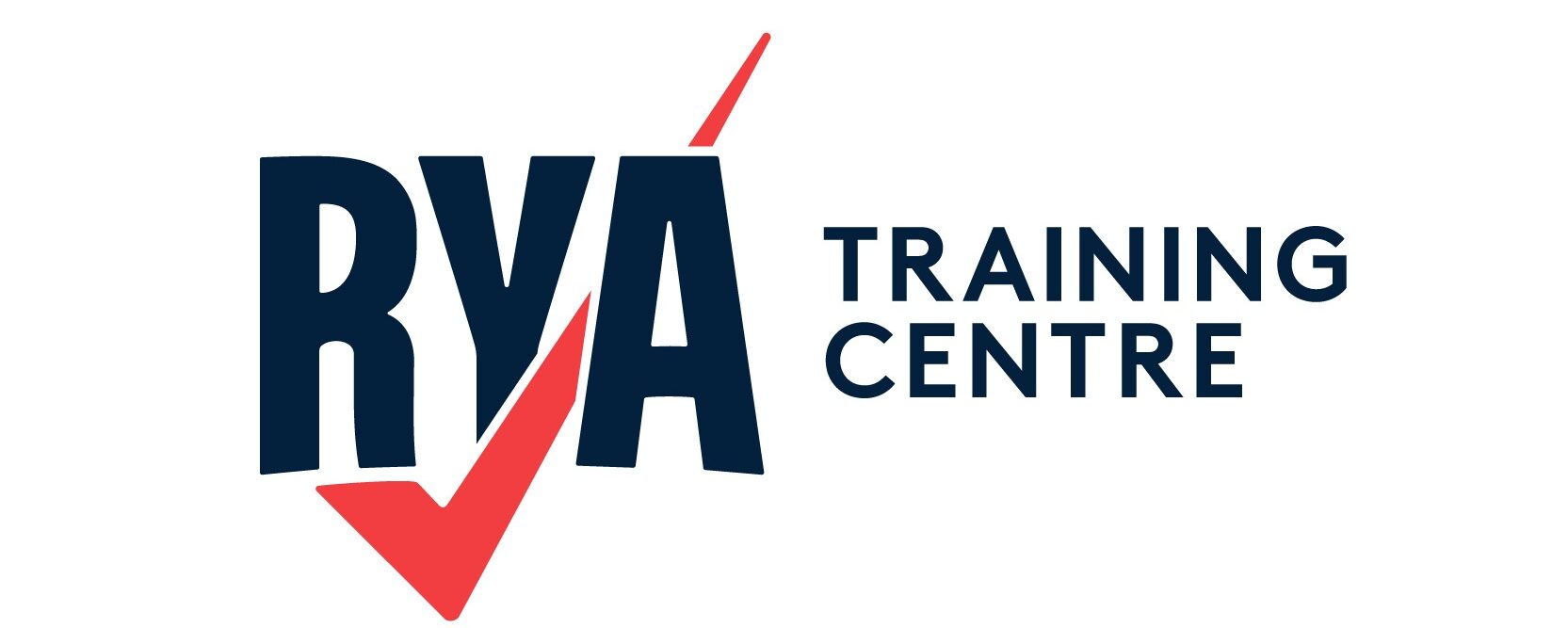Planning, preparation and practice is the key to a successful experience. Ideal for light wind passages, skipper and crew will find the spinnaker becomes straightforward to handle once the basics are mastered.
Spinnaker Basics
 Asymmetric or Symmetric?
Asymmetric or Symmetric?
The two types of spinnaker are called asymmetric or symmetric.
The names reflect their shape and symmetry. Symmetric spinnakers are flown from a pole at the front of the mast. Asymmetric spinnakers are attached to the bowsprit on the bow of the yacht.
A spinnaker has three corners which can be labelled or colour coded to indicate which way round it should be flown.
 Spinnaker Poles
Spinnaker Poles
The job of the spinnaker pole is to position the windward edge of the spinnaker. It is connected to the mast at one end. The other end is supported by uphaul and downhaul lines. Depending on how the spinnaker is to be gybed, there are two different spinnaker methods you can use. The methods are called “end-for-end poles” or “dip-poles”.
Dip-poles are normally set at right angles to the mast and wind. The uphaul and downhaul lines are simply connected to the outward end of the pole. This is more suitable for larger yachts.
End-for-end poles have the downhaul and uphaul attached at both ends which are identical. This method is best used on smaller yachts up to 40ft LOA.
Turtles / Spinnaker Bags
The turtle (or spinnaker bag) has a circular hoop opening which allows the spinnaker to fly out freely whilst it is being hoisted. The bag is secured to the guard rail with hooks or ties so it doesn’t blow away during the procedure.
It is best to check your spinnaker before flying it for the first time (make sure to do this down below out of the wind!) It should have no twists in it.
How To Pack the Spinnaker
To pack your spinnaker, first separate the corners and ensure there are no twists along the leech, luff and foot. Secondly, put the clew, head and tack through the handhold. Start tucking the spinnaker into the bag from the middle, ensuring that the edges and corners are separated. Once packed, the whole sail should be inside the bag with just the clew, head and tack outside.
 How to Hoist & Control the Spinnaker
How to Hoist & Control the Spinnaker
There are three main lines attached to the spinnaker:
- The halyard hoists the spinnaker.
- The sheet/s trim the sail.
- The guy/s adjust the spinnaker pole.
Remember that you will need to prepare extra blocks and winches for the additional lines being used. Our next blog will look in more depth at gybing, trimming and dropping the spinnaker – stay tuned!
Don’t be afraid to use your spinnaker – it can be great fun after a bit of practice! For more information about sail trim and spinnakers refer to the RYA Sail Trim Handbook – it is available as an eBook or paperback.




